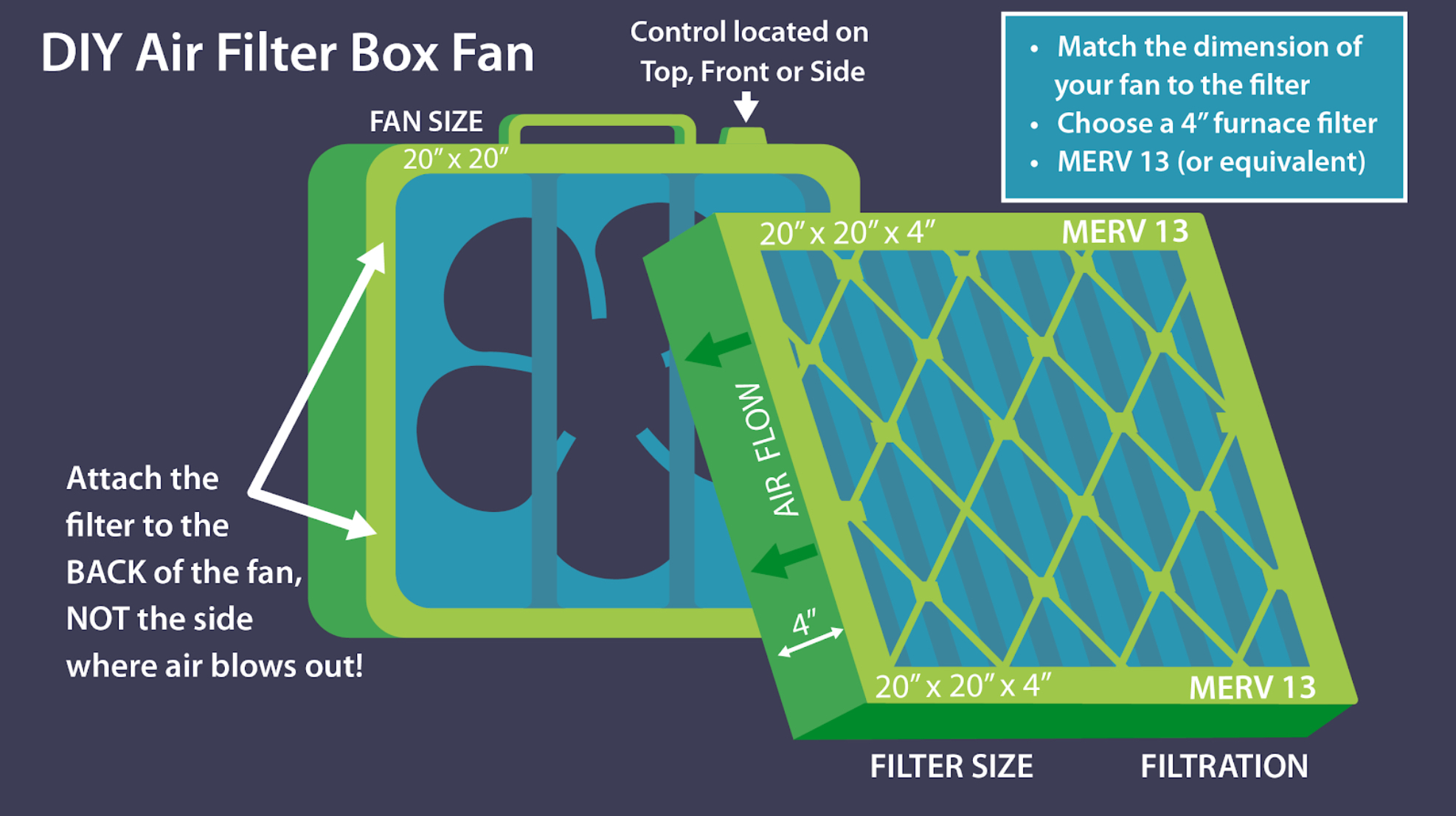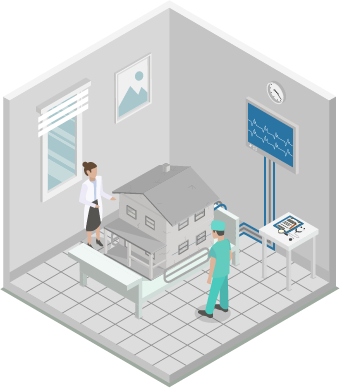But did you know that one of the most important contributors to productivity is actually your indoor air quality? New studies from Harvard’s public health department, SUNY Upstate Medical University and Syracuse University have found that improved indoor environmental quality doubled occupants’ cognitive function test scores. Focusing on the air that you and your children breathe can help transform your home into a great productivity tool!
What impacts your indoor air quality?
Moisture, particulate matter, pollutants, odors, and the off gassing of volatile organic compounds (VOCs), which can come from new furniture, carpets, paint, and virtually any product with a chemical fragrance. They all add up and result in an increased body burden that can impact cognitive ability and productivity. In addition, lack of air movement keeps these chemicals in your home, increasing chemical exposure and impact on occupants’ health.
Two Strategies to Improve Your Home Office or School Space
Even with school starting just around the corner, there are two air quality strategies you can use when making improvements to your home office or school space. The first is to bring more fresh air into your space and the second is to decrease the chemicals in your workspace by choosing finishes and furnishings that are healthier for your family.
Strategy 1: Bring Fresh Air into your Space
Adding balanced, mechanical ventilation is the best way to improve air quality
Balanced ventilation, principally heat recovery ventilation and enthalpy recovery ventilation, is the best way to achieve the freshest air inside your home. Fresh filtered air is brought into your home and stale air is exhausted out 24 hours a day. Ventilation is the only way to ensure you’re getting a continuous supply of fresh air to keep you awake and alert.
One solution is. Zehnder heat recovery ventilators and enthalpy recovery ventilators which can do the job for entire homes or for smaller sections of your house. They are super energy-efficient, thanks to being able to recover and reuse the heat already in your home, and are the quietest systems on the market.
For spaces up to 600 square feet, consider a Zehnder CA-70. For a whole home solution, consider the ComfoAir Series. With multiple models and options, you will be able to find a size to fit your home.
If balanced ventilation isn’t an option, add an air purifier or a DIY filtered box fan
Choose a high quality air purifier the AHAM Verifide is a good choice that is sized appropriately for your space and provides adequate air changes per hour. If you want to go the DIY route (and still get great results), for under $50 you can attach a high-quality air filter to a basic box fan. Check out our how-to guide here.
If none of these are an option, open some windows for a fresh air boost
Fresh air is helpful for diluting contaminants indoors and can even help you think more clearly. Just keeping 2 windows on opposite sides of the house or 1 per floor open about ½” continuously can make a difference. Watch our video to learn more about fresh air ventilation.
Strategy Two: Reduce the Chemicals in your Home Office or Classroom
If you are making an investment in your work or learning space, follow our advice to make your upgrade project as “productive” and healthy as possible!
 Paint:
Paint: If you are considering refreshing a space with paint, choose a no- or low-VOC option to minimize ongoing off-gassing. Be sure to ventilate the room well while painting and for at least 12 hours after you are done, because even no- or low-VOC paints will off-gas chemicals during the application process.
Flooring:
If you are redoing flooring in your space, look for smooth, easily cleanable options with the lowest amount of chemicals possible. Pay attention to what is in the adhesives and solvents used in the installation process as well If you are replacing wall-to-wall carpet, take care to minimize dust and particulates during the removal process and choose a low-pile, low-chemical option (like 100% wool) free of stain repellents and other chemical additives.
New Furniture:
 Furniture made of pressed- or manufactured wood products can off-gas especially when brand new. Make sure to assemble furniture in a well-ventilated area and ideally leave it to air out for at least 24-48 hours before moving it into the house. If that isn’t possible, leave a window open and fan on to dissipate odors.
Furniture made of pressed- or manufactured wood products can off-gas especially when brand new. Make sure to assemble furniture in a well-ventilated area and ideally leave it to air out for at least 24-48 hours before moving it into the house. If that isn’t possible, leave a window open and fan on to dissipate odors.
Old Furniture:
If you are refinishing older furniture, again make sure to work in a well-ventilated space and choose solvents, paints, and stains that contain as few chemicals as possible. Take special care if sanding “vintage” painted furniture as the paint may contain lead.
Chemicals and Fragrances:
Check designated work and school spaces for chemical and fragranced products and store them elsewhere, ideally in sealed containers away from your living space. This includes paints, solvents, cleaning products as well as less obvious things like scented candles, room sprays/deodorizers, perfumes, and body sprays.
Stuffed Toys:
Let’s face it, if you have kids at home stuffed animals are going to make it to school, especially if classroom is in your home. Stuffed toys collect germs, bacteria, dust mites, mold and more.
Take steps to keep your child’s toys clean and healthy, especially if your child sleeps with them. Just toss them into the freezer overnight and then into the dryer on low- or no-heat to tumble out the dampness and shake out particulates. Download our how-to here.
Hopefully these two strategies are useful in guiding your home office/school space improvements.
















